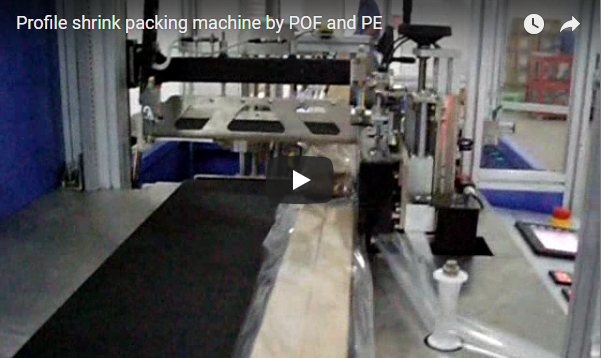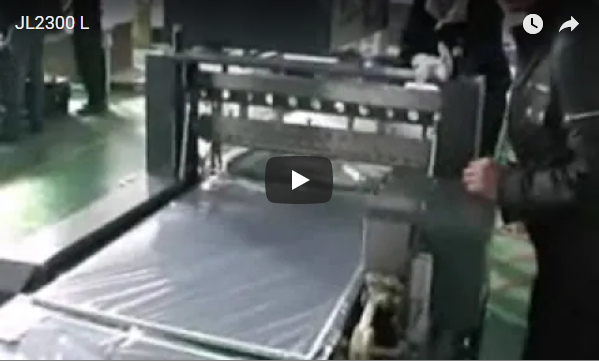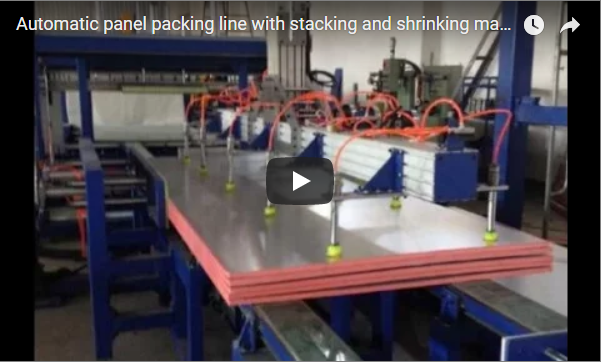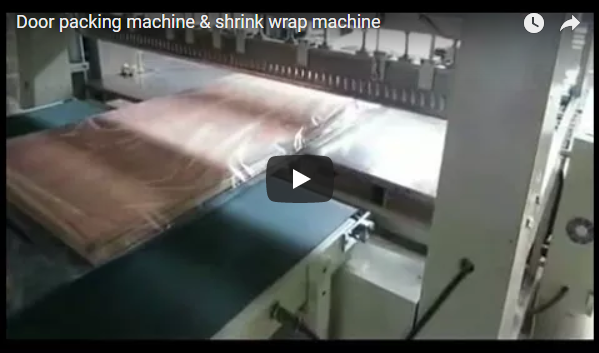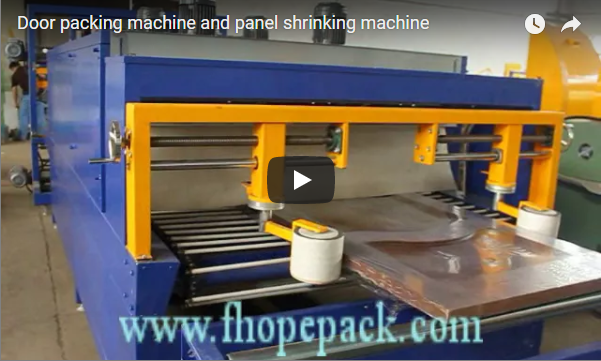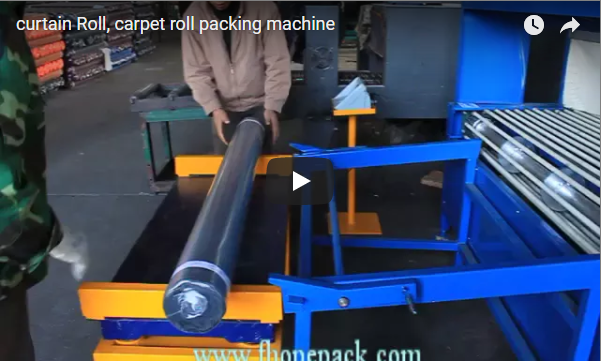Revolutionizing Furniture Logistics: The Automated Sofa Packing Machine & Furniture Packaging Line
The logistics of packaging large, bulky, and often irregularly shaped items like sofas and other furniture pieces present significant challenges for manufacturers and distributors. Manual packaging methods are often labor-intensive, time-consuming, and can lead to inconsistencies in protection, increasing the risk of product damage during handling and transit. Addressing these challenges requires advanced automation, as highlighted in recent industry reports focusing on end-of-line packaging efficiencies.
Introducing the automated sofa packing machine and furniture packaging line – a sophisticated system engineered to significantly enhance the packaging process for sizable furniture items. Drawing inspiration from patented advancements in material handling and wrapping technologies (similar to those documented in filings related to automated stretch wrapping systems), this line offers a robust solution for businesses aiming to optimize operations and safeguard product integrity.
Addressing Key Packaging Challenges in the Furniture Industry
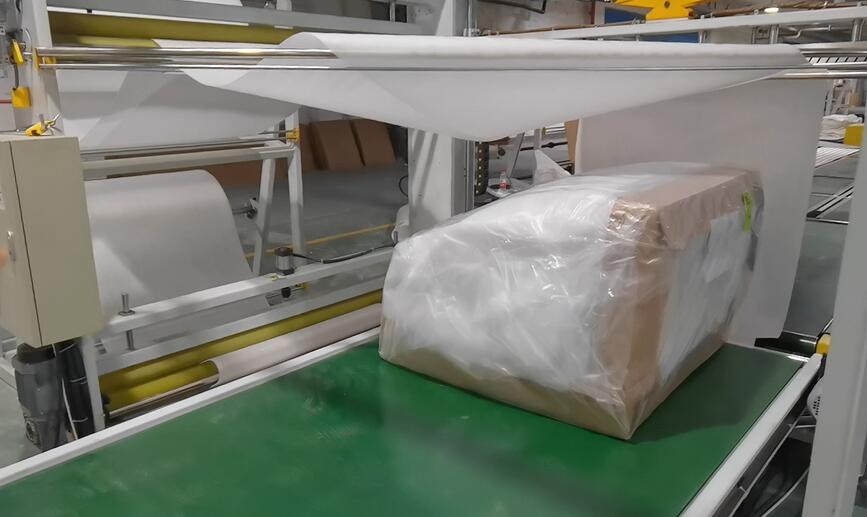
Traditional furniture packaging faces several hurdles:
- Labor Intensity: Manual wrapping and handling demand significant manpower, contributing to high operational costs.
- Inconsistent Protection: Manual application of protective materials can vary, leading to potential vulnerabilities and transit damage. Studies in packaging science consistently show automation improves wrap consistency.
- Throughput Limitations: Manual processes inherently limit the speed at which furniture can be prepared for shipment, creating bottlenecks.
- Ergonomic Risks: Handling heavy and bulky furniture poses physical strain and injury risks to workers.
Core Technologies and Operational Mechanisms
This automated packaging line integrates several key technologies, reflecting principles often found in advanced manufacturing research and packaging engineering papers:
- Automated Conveying and Positioning: Integrated conveyor systems smoothly transport furniture pieces into the packaging station. Sensors detect dimensions for precise positioning, minimizing manual handling.
- Advanced Wrapping Technology: Typically employing orbital stretch wrapping or potentially large-format shrink wrapping/bagging systems, the machine ensures complete and consistent coverage. Tension control mechanisms, often refined through engineering analysis similar to that found in packaging machinery patents, optimize film usage and load containment.
- Intelligent Control System: A PLC-based system with a user-friendly Human-Machine Interface (HMI) allows operators to select pre-programmed wrapping cycles tailored to different furniture types and sizes or customize parameters as needed. This aligns with modern industrial automation standards focusing on flexibility and ease of use.
- Material Flexibility: Designed to work efficiently with various packaging films (stretch film, shrink film, protective bagging), offering adaptability based on protection requirements and cost considerations.
Key Features and Potential Specifications
While specific configurations vary, typical features include:
- Product Size Capability: Handles a wide range of sofa and furniture dimensions (Length, Width, Height). Example range: L (1500-2500mm), W (800-1500mm), H (800-1200mm) – Note: Actual ranges depend on specific model.*
- Wrapping Method: Orbital Stretch Wrapping / Shrink Wrapping / Automated Bagging.
- Automation Level: Fully automated cycle including infeed, wrapping/sealing, and outfeed.
- Control: PLC Control with Touch Screen HMI.
- Wrapping Material: LLDPE Stretch Film / PE Shrink Film / Poly Bags.
- Potential Throughput: Capable of processing multiple pieces per hour (e.g., 20-60+ units/hour, model dependent), significantly exceeding manual capabilities.
Quantifiable Benefits for Furniture Manufacturers
Implementing an automated furniture packaging line delivers measurable advantages:
- Enhanced Efficiency and Throughput: Dramatically increases packaging speed, reducing bottlenecks and enabling faster order fulfillment – a key metric discussed in logistics publications like Supply Chain Management Review.
- Labor Cost Optimization: Significantly reduces the manual labor required for wrapping, allowing personnel reallocation to higher-value tasks. ROI calculations often highlight labor savings as a primary benefit.
- Superior Product Protection: Consistent, tightly applied packaging minimizes scuffs, scratches, moisture ingress, and other transit damage, reducing return rates and warranty claims. This aligns with findings in Packaging Technology and Science regarding load stability.
- Optimized Material Consumption: Precise machine control ensures efficient use of packaging film, potentially reducing material costs compared to inconsistent manual application.
- Improved Safety and Ergonomics: Automating the heavy lifting and wrapping tasks reduces physical strain and potential injuries for workers.
System Integration and Adaptability
These furniture packaging lines can be integrated as standalone units or incorporated into larger, fully automated production and warehousing systems. Customization options are typically available to accommodate specific plant layouts, product variations, and desired levels of automation, ensuring a seamless fit within existing operations.
The sofa packing machine and furniture packaging line represents a strategic investment for forward-thinking furniture businesses. By leveraging automation rooted in established engineering principles and packaging science, it addresses critical operational challenges, enhances product protection, reduces costs, and boosts overall productivity, positioning manufacturers for greater success in a competitive market.

